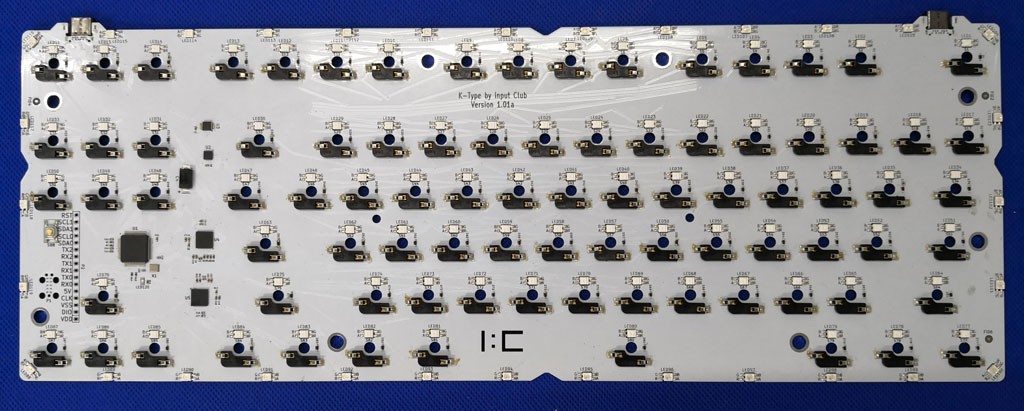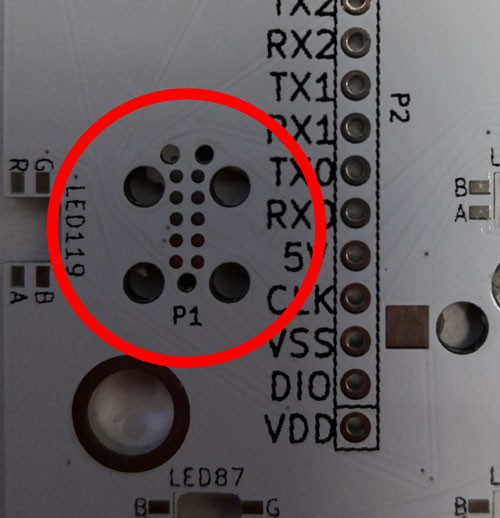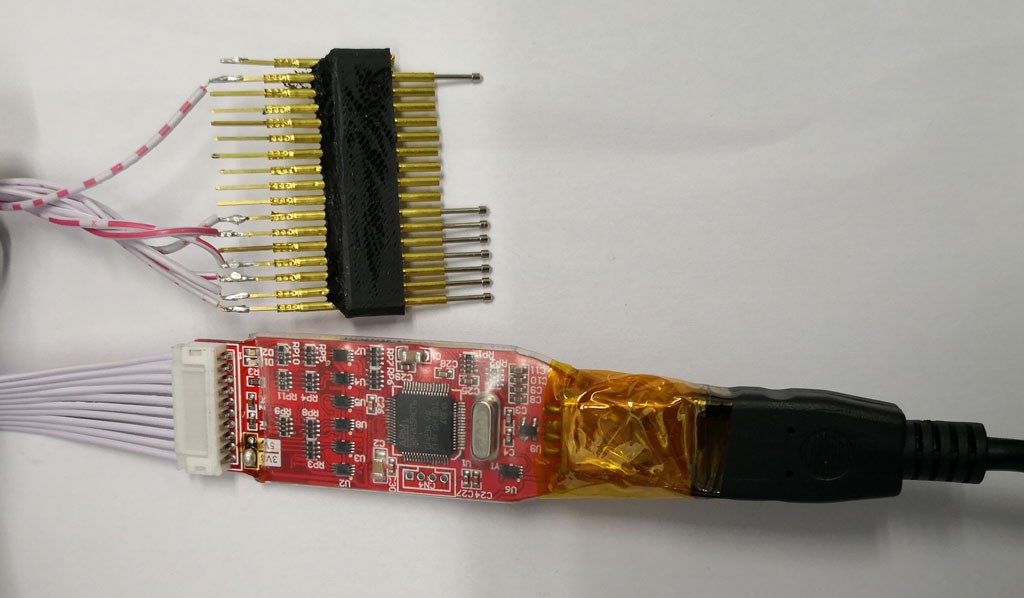I wanted to use pick and place machines to assemble the PCBs. I bought the components on reels for this purpose. Unfortunately it just didn't work out that way. My pick and place machines don't have the nozzles for 0402 components, nor do I have the feeders. I had the feeder but not the nozzle for the switch sockets, so due to the cost and low volume, they were assembled manually. The solder was applied with a template, then each part was placed with tweezers. This is very effective, but slow. Then the boards were put through a reflow oven for soldering. There was some tweaking needed after going through the oven and I did the repairs with a magnifying camera. There were no real challenges in the assembly besides the parts being small. With the camera it was easy to see poorly soldered joints and fix them.

Once assembled, I had to figure out how to load the bootloader on to the MCU. Input Club actually had decent instructions on github but they didn't specifically cover the programmer I bought. Also the PCBs have 2 headers. One for an expensive programming adapter and another for a plain row of header pins. I ended up 3D printing a holder for pogo pins and using the row of header pin holes for programming. It works fine, but you wouldn't want to do 1000pcs that way.

I used a computer running Ubuntu to compile the bootloader. There were fairly detailed instructions on github. I was pleasantly surprised. More effort was taken to write the instructions than strictly needed. Input club made a real effort to describe the process and make it accessible. That isn't to say it was fast, but with some reading a bit of trial and error, I was able to get things compiled in an hour or two.
I used a cheap Jlink adapter for the programming. Using JFlash, I loaded the bootloader and the programming was straight forward. I did however spent quite a few hours figuring out details about the MCU and how to flash the first piece of code onto it. Input Club used a different programmer, so there was less info on this one. It simply said compatible. I can confirm it was. As long as you have the bootloader, a JLink adapter and JFlash, you can program the MCU easily. Everything is easy once you know how to do it.

 Brian Barrett
Brian Barrett
Discussions
Become a Hackaday.io Member
Create an account to leave a comment. Already have an account? Log In.
I finished the first PCB over a week ago, but I just finished the last one yesterday.
Are you sure? yes | no